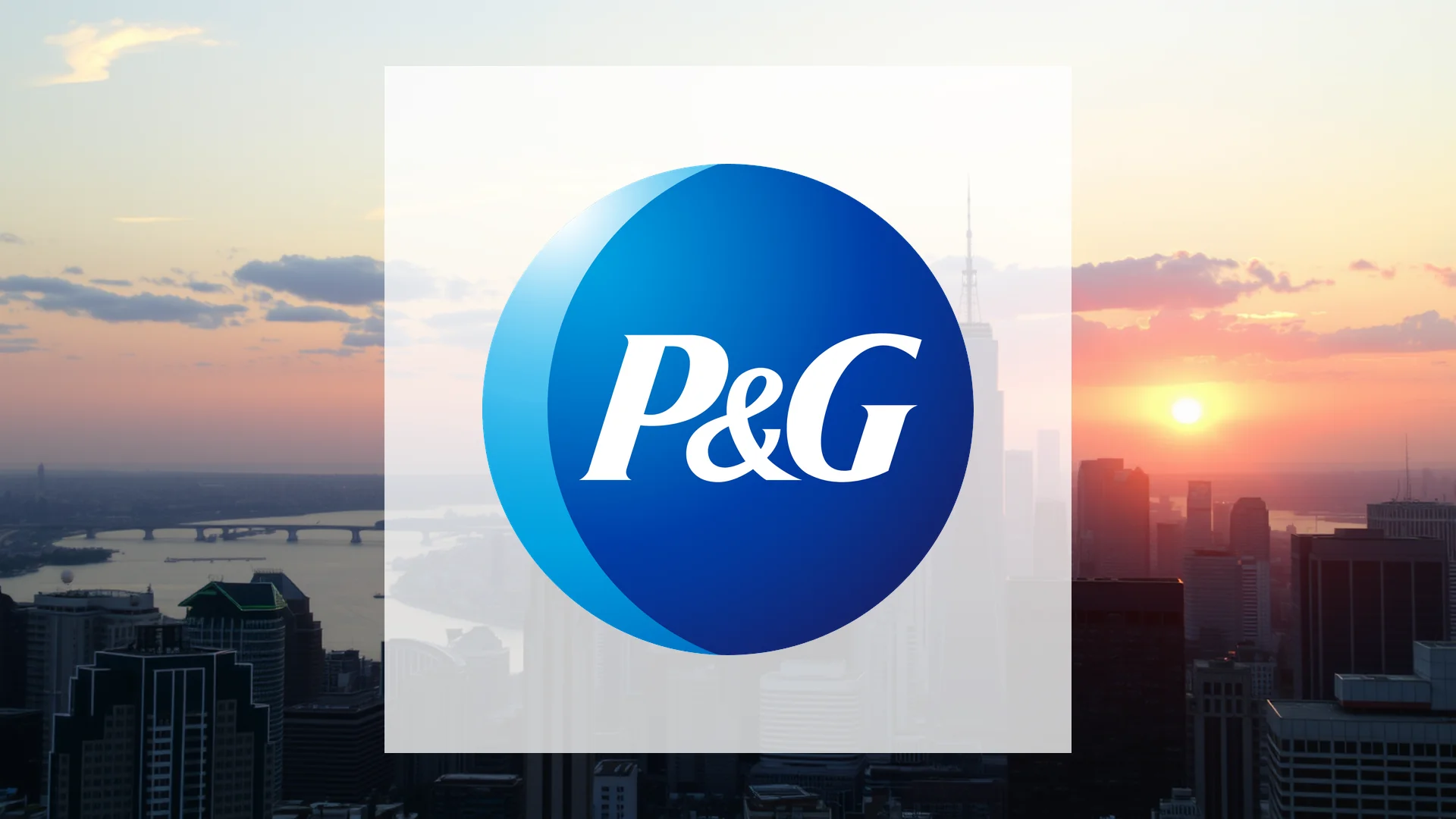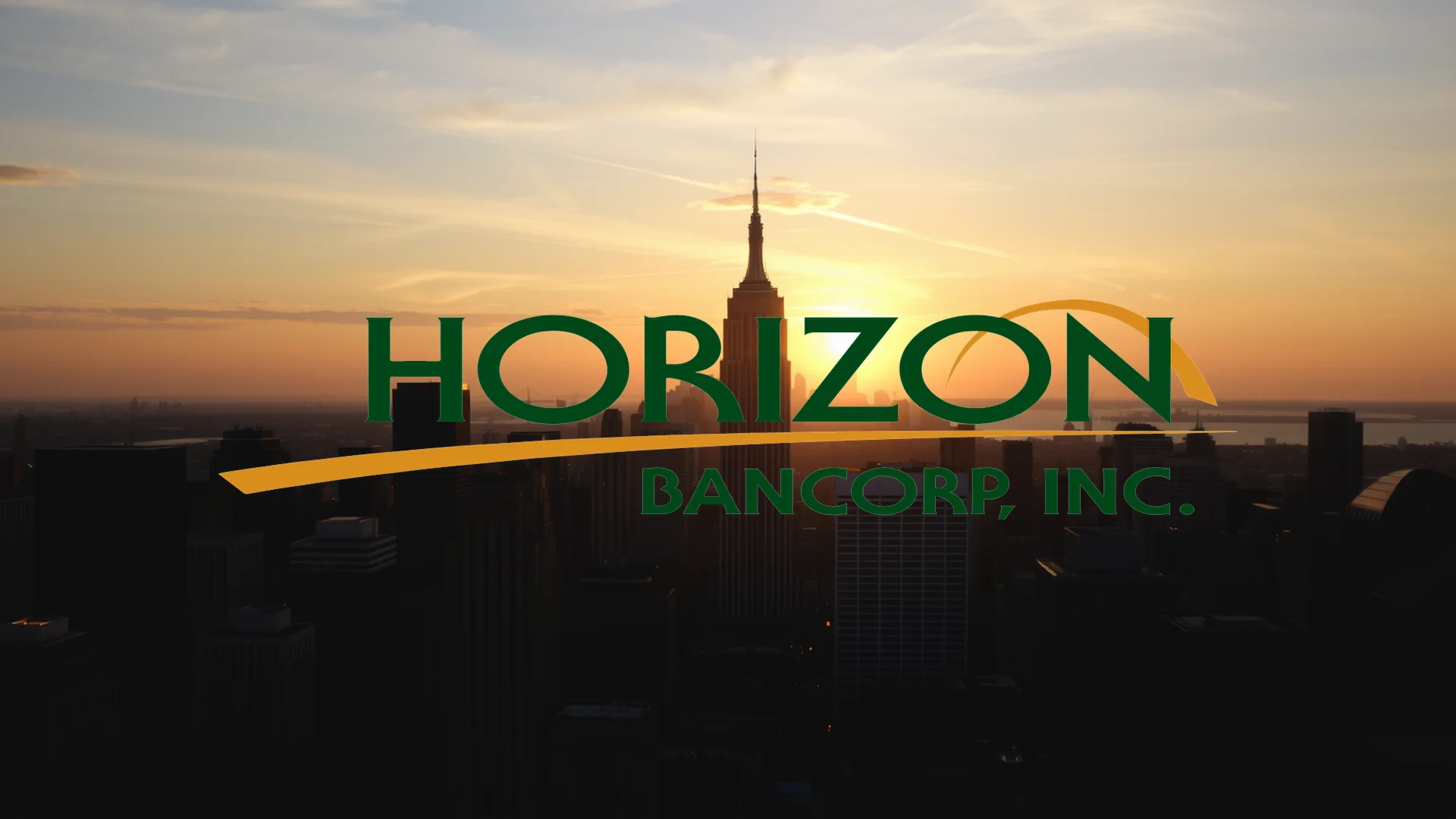While Procter & Gamble’s recent annual meeting projected an image of corporate stability and shareholder alignment, its stock performance tells a starkly different story. The company’s shares have plummeted to approximately 127 euros, marking their lowest point this year and reflecting a decline of more than 20% since January. This divergence raises a critical question for investors: is the market overlooking the company’s fundamentals, or is it pricing in risks that the official corporate narrative does not address?
Unwavering Dividend Commitment Amid Market Turbulence
In a move that underscores its long-term value proposition to investors, Procter & Gamble has declared a quarterly dividend of $1.0568 per share. This increase extends a remarkable corporate legacy, representing the 69th consecutive year in which the consumer goods giant has raised its payout to shareholders. For income-focused investors, this consistent policy provides a crucial element of stability during periods of significant market volatility. The dividend will be distributed on November 17th to shareholders of record as of October 24th.
Shareholders Deliver Resounding Endorsement of Management
The annual meeting resulted in a powerful show of confidence in the company’s current trajectory. Shareholders approved all 14 director nominees, gave their assent to the executive compensation plan, and ratified a new stock option plan scheduled for 2025. Notably, even shareholder proposals that typically garner support, such as a request for enhanced reporting on plastic packaging, failed to achieve a majority. This near-unanimous backing from investors would traditionally signal robust corporate health, making the concurrent stock price weakness all the more perplexing.
Should investors sell immediately? Or is it worth buying Procter & Gamble?
Executive Compensation Details Emerge
Recent filings with the U.S. Securities and Exchange Commission (SEC) provided additional context coinciding with the meeting. The disclosures revealed that a member of the board received 1,475 stock units as part of their compensation. A key detail is that this grant was allocated under the previous 2019 compensation framework, not the newly approved 2025 plan. This distinction highlights the methodical, incremental approach Procter & Gamble is taking in the evolution of its executive remuneration structure.
The contrasting narratives—of strong internal governance and a sharply declining share price—create a significant puzzle. Investors are now left to decipher whether the current valuation presents a buying opportunity or if the market anticipates challenges that have yet to be fully reflected in the company’s official communications.
Ad
Procter & Gamble Stock: Buy or Sell?! New Procter & Gamble Analysis from December 3 delivers the answer:
The latest Procter & Gamble figures speak for themselves: Urgent action needed for Procter & Gamble investors. Is it worth buying or should you sell? Find out what to do now in the current free analysis from December 3.
Procter & Gamble: Buy or sell? Read more here...









